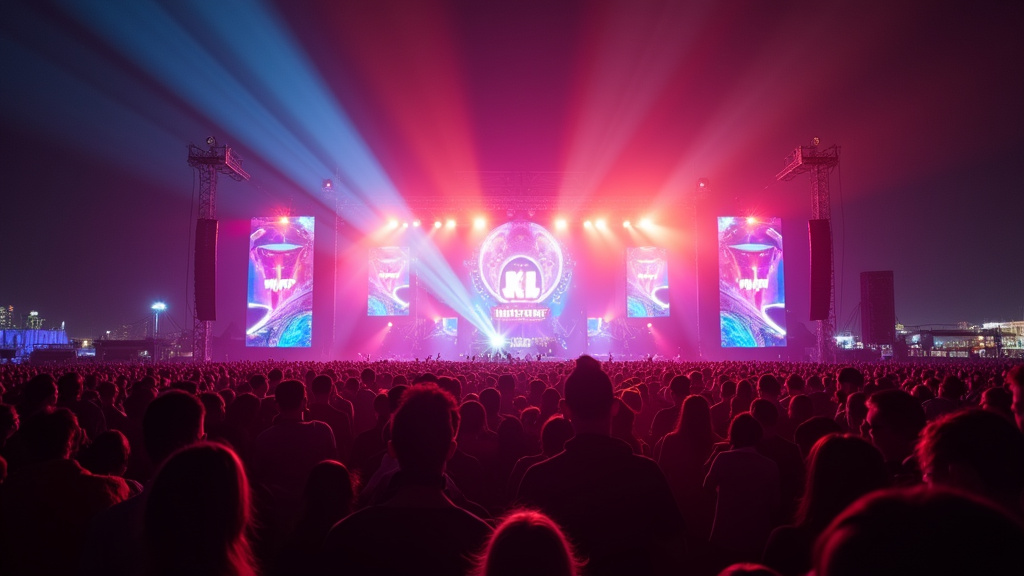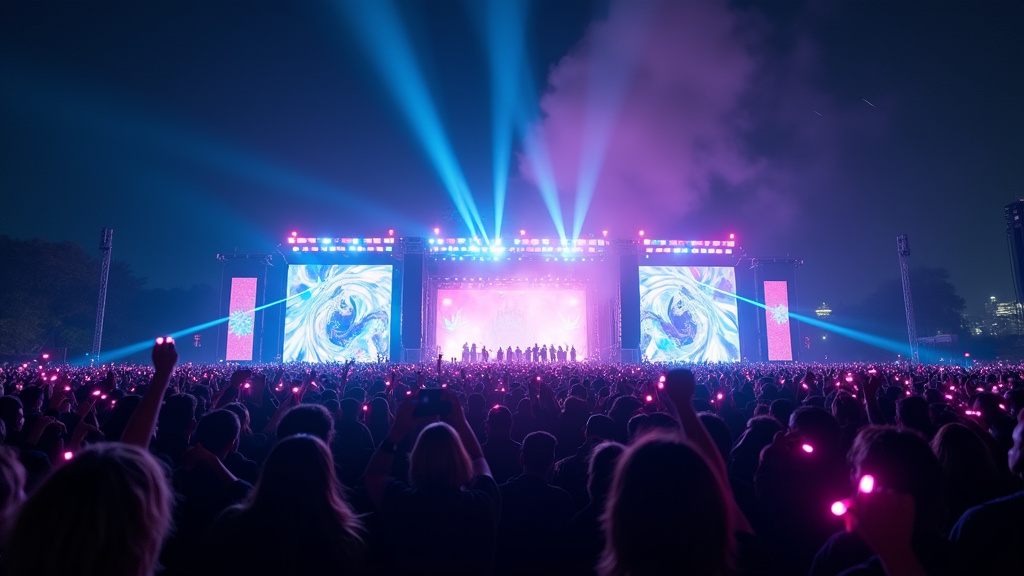In observance of Black Music Month, we examine the profound evolution of music production technology and its indelible impact on Black music globally. From the foundational hardware that shaped iconic sounds to the cutting-edge innovations of artificial intelligence and immersive audio, the tools of creation have constantly pushed the boundaries of artistic expression, often pioneered or redefined by Black artists and producers.
From Hardware Heroes to Digital Dominance
The journey of modern music production, particularly within hip-hop, R&B, and electronic genres deeply influenced by Black culture, is inextricably linked to revolutionary hardware. Early beat machines like the E-mu SP-1200 and the ubiquitous Akai MPC series served as the bedrock for producers throughout the late 20th century. These machines were more than just tools; they were instruments themselves, dictating workflows and inspiring innovative techniques in sampling, sequencing, and rhythmic programming that defined eras of sound.
However, the landscape began a significant transformation with the advent of Digital Audio Workstations (DAWs). Software-based production environments like Pro Tools, Logic Pro, and Ableton Live moved the core of the studio onto computers, democratizing access to sophisticated tools. DAWs facilitated unprecedented control over sound, enabling intricate editing, mixing, and mastering possibilities. Crucially, they also made it significantly easier to collaborate and blend global sounds, integrating diverse cultural textures and rhythms into contemporary music production in ways previously challenging with hardware-centric setups. Producers like P2J and KAYTRANADA exemplify this, masterfully blending electronic textures with traditional rhythms using the versatility of DAWs, creating sounds that resonate across continents.
The AI Frontier: A New Era of Creation
The current frontier of music production is increasingly dominated by artificial intelligence (AI). AI is moving beyond simple assistance into generative capabilities, capable of creating melodies, harmonies, rhythms, and even full instrumental tracks based on parameters or prompts. This technological leap is prompting discussions about authorship, creativity, and the future role of the human artist.
Superproducer Timbaland, a figure synonymous with groundbreaking production techniques, is at the forefront of this shift. He has co-founded Stage Zero, an AI-powered entertainment company dedicated to exploring the potential of AI in music and media. Stage Zero’s initial offering is an AI-generated artist named TaTa, a project built using the innovative AI music platform Suno. Timbaland also serves a key role as a creative director at Suno, guiding the platform’s development from an artistic perspective.
Timbaland envisions TaTa not merely as an experiment but as the first icon of a new genre he terms A-Pop. This ambitious project signals a potential paradigm shift, where AI acts not just as a tool, but as a direct collaborator or even the primary creative entity, raising fascinating questions about the evolution of artistry and the music industry structure itself.
Immersive Audio: Painting Soundscapes
Parallel to the rise of AI, the music production world is embracing immersive audio formats such as spatial audio and Dolby Atmos. These technologies move beyond traditional stereo, allowing producers to place sounds in a three-dimensional space around the listener. This creates a significantly more engaging and detailed listening experience, offering a new dimension for creative expression.
Esteemed producers like Mike Dean and Hit-Boy are actively leveraging spatial audio and Dolby Atmos to create immersive soundscapes in their latest work. This trend is particularly impactful in genres like hip-hop and R&B, where intricate beat layers, vocal effects, and atmospheric textures can be dramatically enhanced by spatial placement. It allows listeners to feel more deeply embedded within the music, experiencing sounds with greater clarity and separation, potentially revealing nuances previously unheard in standard stereo mixes.
The Ongoing Evolution
As Black Music Month highlights the rich history and ongoing innovation within Black musical traditions, the tools used to create this music continue their rapid evolution. From the mechanical precision of early beat machines to the expansive possibilities of DAWs, and now into the generative power of AI and the spatial depth of immersive audio, production technology remains a dynamic force.
These advancements are not just technical shifts; they influence the very sound and structure of music, opening new avenues for artists to experiment and connect with audiences. The integration of AI presents complex questions and opportunities, while spatial audio offers a new canvas for sonic artistry. As producers continue to push boundaries with these tools, the future sound of music promises to be as rich, diverse, and innovative as its past, building on the foundational contributions that are celebrated this Black Music Month.





